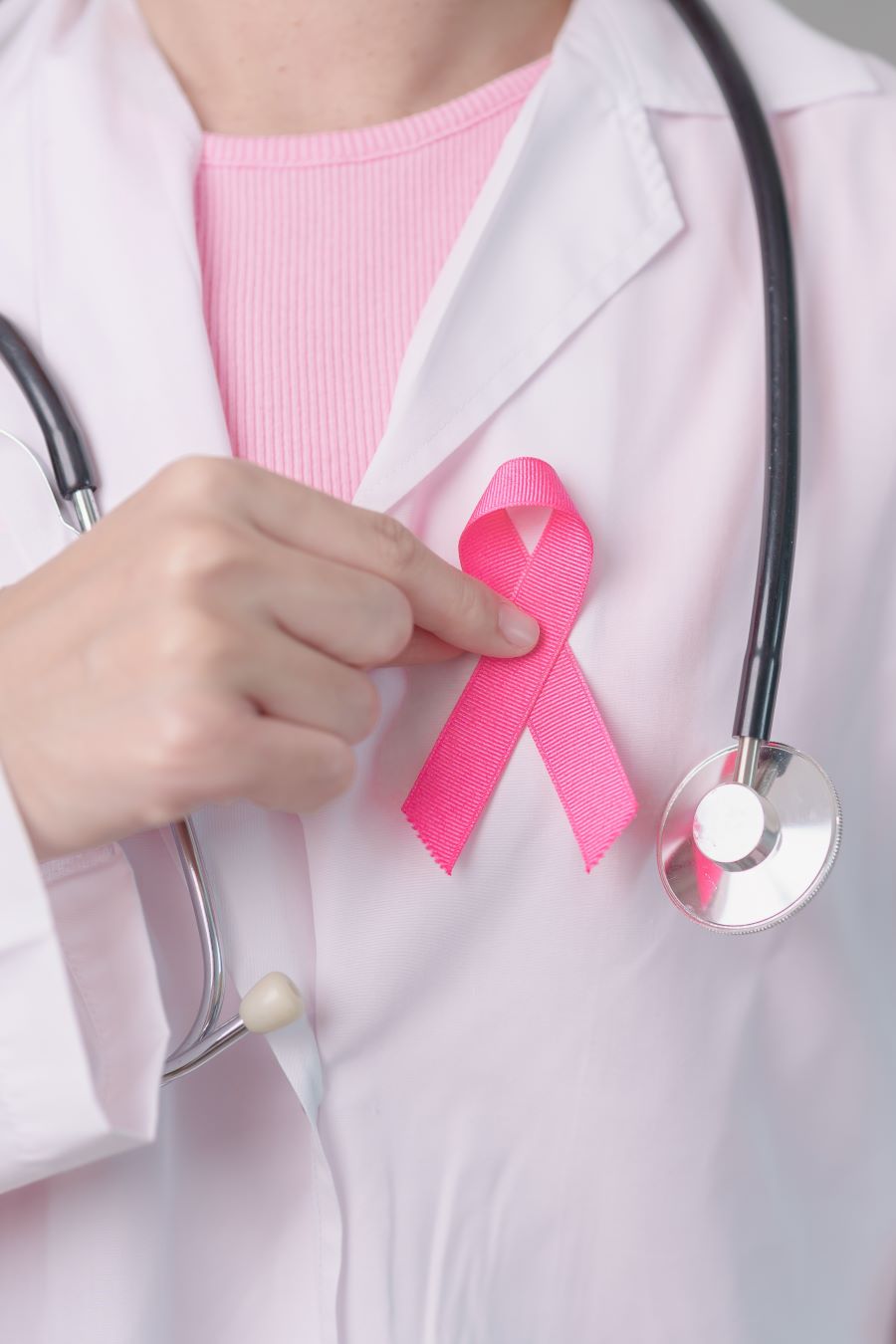Recognizing Early Signs of Triple Negative Breast Cancer
Triple Negative Breast Cancer (TNBC) is a fast-growing form of breast cancer that doesn’t respond to standard hormone-based treatments. This article outlines the key symptoms and early warning signs, explores treatment options, and emphasizes why awareness is essential for protecting women’s health.

Triple Negative Breast Cancer (TNBC) accounts for approximately 10-15% of all breast cancer diagnoses and is characterized by the absence of estrogen receptors, progesterone receptors, and human epidermal growth factor receptor 2 (HER2). This absence of receptors makes TNBC more challenging to treat than other breast cancer types, as it doesn’t respond to hormone therapy or HER2-targeted treatments. Early detection becomes particularly crucial for improving outcomes in patients with this aggressive form of breast cancer.
Common Physical Symptoms of TNBC
Unlike some other breast cancers that might develop slowly, TNBC often presents as a rapidly growing mass. The most common physical sign is a hard, painless lump in the breast that feels different from surrounding tissue. These lumps may appear suddenly and grow quickly. Other physical symptoms include changes in breast size or shape, skin dimpling or puckering, nipple inversion or discharge, and persistent breast pain. TNBC tumors are frequently found in the upper-outer quadrant of the breast and may feel rounder with more defined borders compared to other breast cancer types.
Risk Factors Associated with TNBC Development
While early detection of breast cancer is important for all women, understanding specific risk factors for TNBC can help identify those who may benefit from more vigilant monitoring. TNBC disproportionately affects younger women (under 40), Black and Hispanic women, and individuals with BRCA1 gene mutations. Women with these risk factors should discuss appropriate screening protocols with their healthcare providers. Other risk factors include a family history of breast cancer, especially TNBC, previous radiation therapy to the chest area, and certain lifestyle factors such as obesity and lack of physical activity.
Diagnostic Approaches for Early Detection
Early detection significantly improves treatment outcomes for TNBC patients. Standard screening methods include mammography, ultrasound, and MRI. However, TNBC can sometimes be more difficult to detect on mammograms due to its growth patterns and higher prevalence in younger women with denser breast tissue. Digital breast tomosynthesis (3D mammography) has shown improved detection rates for TNBC compared to standard 2D mammography. When a suspicious area is identified, diagnostic procedures typically include a biopsy to examine the tissue. Immunohistochemical testing determines receptor status, confirming the triple-negative nature of the cancer.
Treatment Options for TNBC
The treatment of cancer, particularly TNBC, has evolved significantly in recent years. Unlike hormone-positive breast cancers, TNBC treatment relies primarily on surgery, chemotherapy, and radiation therapy rather than targeted hormone therapies. Neoadjuvant chemotherapy (treatment before surgery) is often recommended to shrink tumors before surgical removal. Surgical options include lumpectomy (removing the tumor and surrounding tissue) or mastectomy (removing the entire breast). Following surgery, adjuvant chemotherapy and radiation therapy may be recommended to eliminate any remaining cancer cells and reduce the risk of recurrence.
Advanced Treatment Approaches and Clinical Trials
Research in TNBC treatment has led to several promising advances. Immunotherapy drugs like pembrolizumab and atezolizumab have shown effectiveness in certain TNBC patients, particularly when combined with chemotherapy. PARP inhibitors have demonstrated benefits for patients with BRCA mutations. Additionally, antibody-drug conjugates like sacituzumab govitecan-hziy (Trodelvy) have been approved for metastatic TNBC. Clinical trials continue to investigate targeted therapies, including PI3K inhibitors, androgen receptor antagonists, and various immunotherapy combinations. Patients diagnosed with TNBC should discuss clinical trial participation with their oncology team, as these trials may provide access to cutting-edge treatments not yet widely available.
Lifestyle Modifications and Supportive Care
While undergoing cancer treatment, supportive care and certain lifestyle modifications may help manage side effects and improve quality of life. Regular physical activity, as tolerated and approved by healthcare providers, can help maintain strength and reduce fatigue during treatment. A balanced diet rich in fruits, vegetables, whole grains, and lean proteins provides essential nutrients to support healing. Stress management techniques such as meditation, yoga, or counseling may help cope with the emotional aspects of diagnosis and treatment. Support groups, both in-person and online, offer valuable connections with others facing similar challenges. These complementary approaches should be discussed with the healthcare team to ensure they align with medical treatments.
This article is for informational purposes only and should not be considered medical advice. Please consult a qualified healthcare professional for personalized guidance and treatment.
Conclusion
Recognizing the early signs of Triple Negative Breast Cancer is vital for timely intervention and improved outcomes. The aggressive nature of TNBC makes vigilance particularly important, especially for those with known risk factors. Regular breast self-examinations, clinical breast exams, and appropriate imaging studies based on individual risk profiles remain cornerstones of early detection. As research advances, treatment options continue to expand, offering new hope for patients with this challenging form of breast cancer. Awareness of symptoms, prompt medical attention for any breast changes, and understanding available treatment options empower individuals to take an active role in their breast health.




